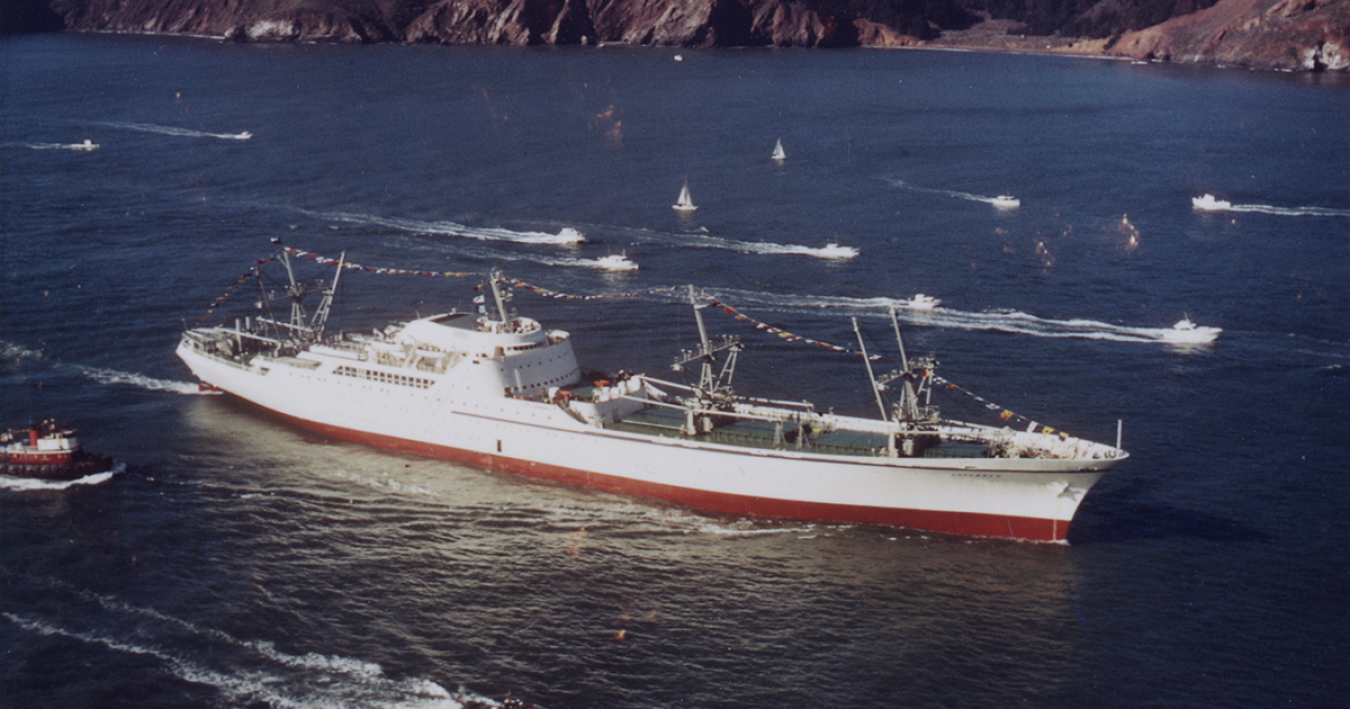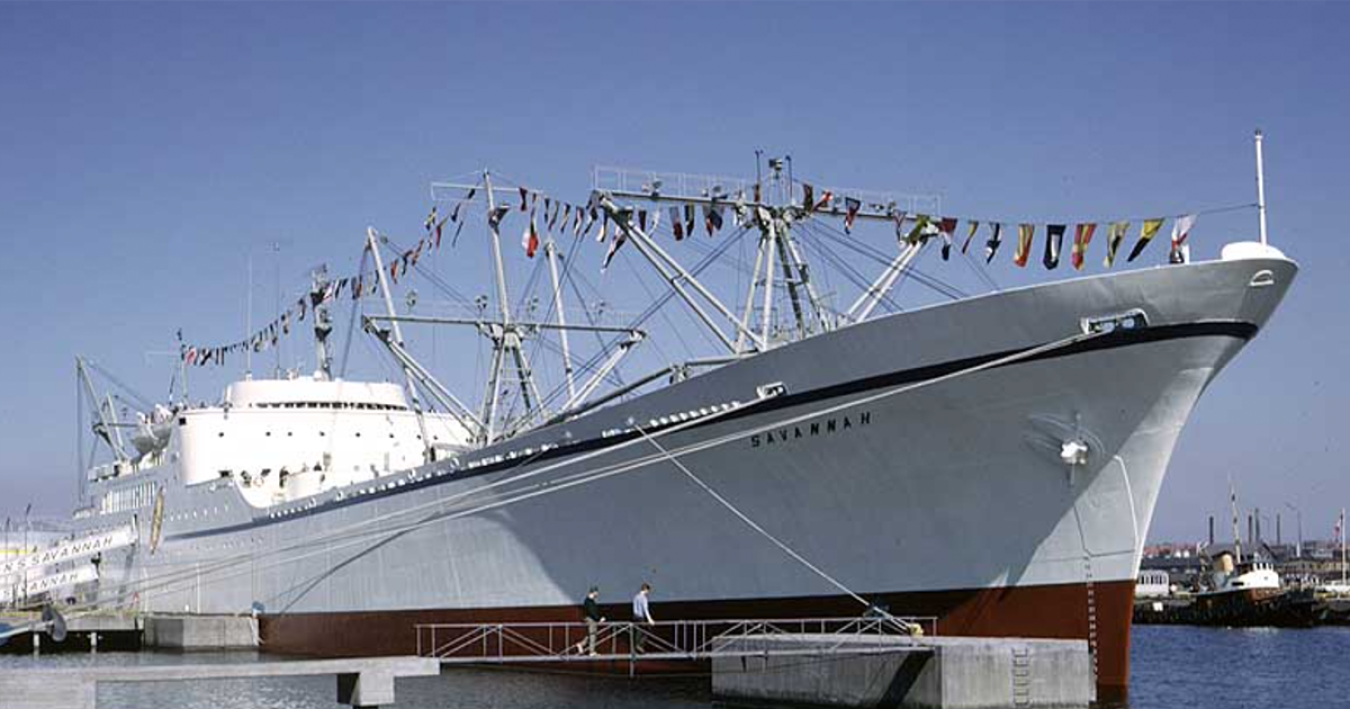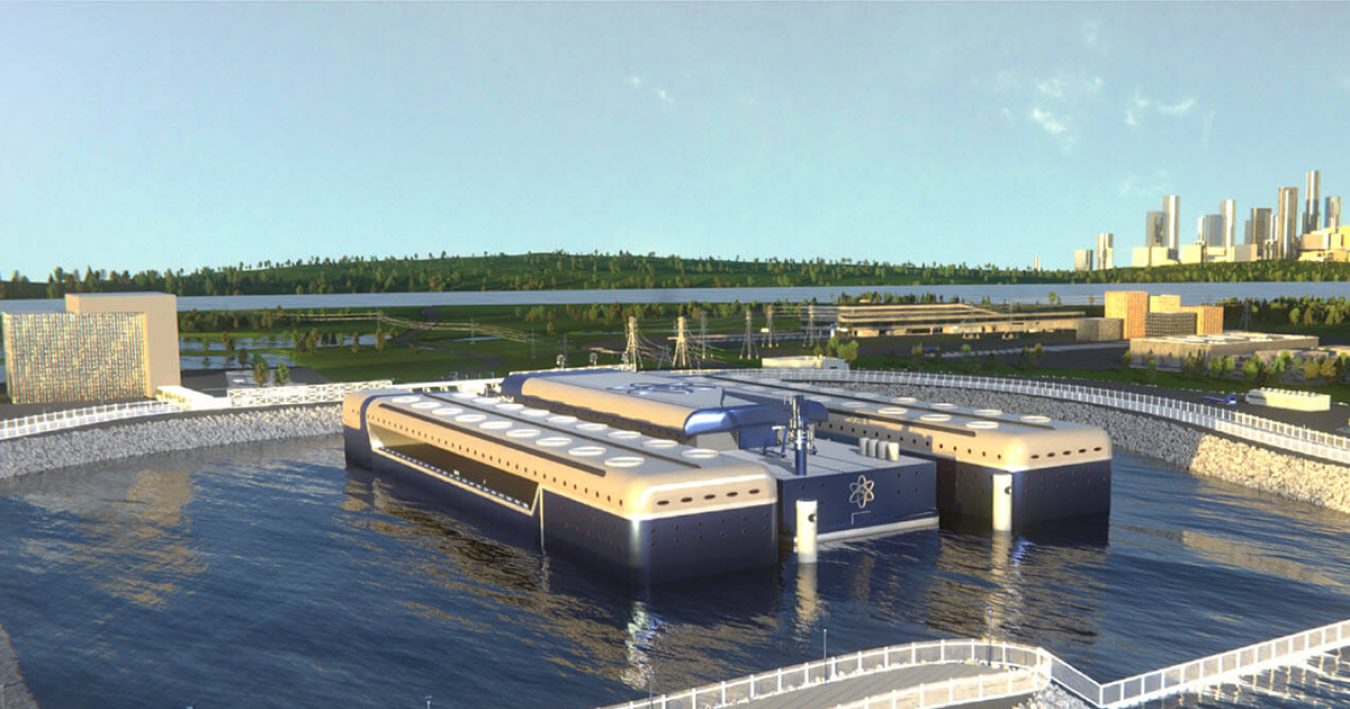Here are the five things you should know about nuclear power and its HUGE potential to power future shipping vessels.
April 13, 2023
More than 80% of the world’s traded goods spend time on large shipping vessels.
This means most of the products you buy and the foods that you eat could come at a price.
That’s because the maritime industry accounts for nearly 3% of global carbon emissions and it is not a sector that can be easily decarbonized.
Or can it?
Nuclear reactors have been cleanly propelling military vessels for more than 60 years and interest is growing in using new reactor technologies to dramatically scale back the maritime industry’s carbon footprint and lower operating costs.
Here are the five things you should know about nuclear power and its HUGE potential to power future shipping vessels.
1. Nuclear Energy Could Help Cut Maritime Sector Emissions
According to the International Maritime Organization (IMO), maritime shipping emits more than 1 billion tons of carbon dioxide emissions each year.
If treated as a country, international shipping would be the sixth largest CO2 emitter in the world.
These emissions are largely caused by the diesel engines and low-grade bunker fuel used to power shipping vessels—leading to higher levels of air pollution in nearby ports and surroundings communities.
Enter nuclear reactors.
It's estimated that the world’s largest 17,000 ships account for roughly 80% of global shipping emissions.
Replacing diesel engines in these vessels with nuclear propulsion systems could significantly clean up maritime emissions and put the industry well on its way to achieving the IMO’s carbon reduction goals.
2. Nuclear-Powered Vessels Are Nothing New

The U.S. Navy, along with five of other military forces around the world, currently use nuclear-powered submarines and aircraft carriers. The United States, Germany, Japan, and Russia tried demonstrating commercial vessels in the 1950s but all of them proved to be too expensive to build and maintain.
This included the first U.S. nuclear-powered merchant ship, the N.S. Savannah. It was built in 1959 under the Atoms for Peace program but was never optimized for long-haul cargo.
Advanced reactor demonstrations are an exciting next chapter in the evolution of this technology.
New startup companies, supported by private-public partnerships, are using modern technology such as new simulations, higher-resolution modeling, and advanced construction techniques to optimize advanced reactor designs to power shipping vessels.
3. Nuclear-Powered Ships Could Run for a Long Time
Many container and tanker ships require up to 50 megawatt systems, which is enough energy to power around 50,000 homes.
This requires a lot of bunker fuel and constant refueling that can lead to high operating costs.
Nuclear reactors could allow these same ships to run longer and on less fuel.
Existing nuclear-powered submarines and aircraft carriers use highly enriched uranium and light-water reactor systems to run for 30 years or more without refueling.
New advanced designs cooled by molten salts, liquid metal, or gas could serve a similar function using a lower-enriched uranium fuel that could be used for commercial purposes.
4. Nuclear Power Could Be Used for Multiple Applications

Advanced nuclear reactors have the potential to be used onshore, offshore, and to power vessels.
Onshore applications could use reactors at ports to produce electricity, heat, or hydrogen to make carbon-neutral synthetic fuels.
Offshore applications could include reactors for floating data centers, water desalination plants, or power stations similar to this design concept by NuScale Power and Prodigy Clean Energy. The floating small modular reactor would be fully built in a shipyard factory and exported to other countries for access to clean electricity and a heat supply.
Reactors can also be used to power a variety of vessels ranging from container ships and passenger vessels to icebreakers like the ones currently in operation in Russia.
5. Research and Development are Underway
DOE is supporting several industry and university projects to explore maritime shipping applications, including a project with the American Bureau of Shipping (ABS), who is collaborating with the National Reactor Innovation Center (NRIC) to research and demonstrate new reactor technologies for commercial shipping.
University project teams are also working to model, design, and evaluate the use of advanced reactors in nuclear-powered ships and to explore the potential of floating reactors.
But, while these research and development efforts are underway, several regulatory hurdles need to be addressed before nuclear power can be widely applied to the maritime industry.
That’s why NRIC helped form the Maritime Nuclear Application Group to connect experts from the maritime and nuclear energy sectors to support demonstrations of advanced reactor technologies in the maritime sector.
NRIC is a national DOE program led by Idaho National Laboratory that supports the development and demonstration of advanced reactor systems.
Learn more about NRIC’s work.

